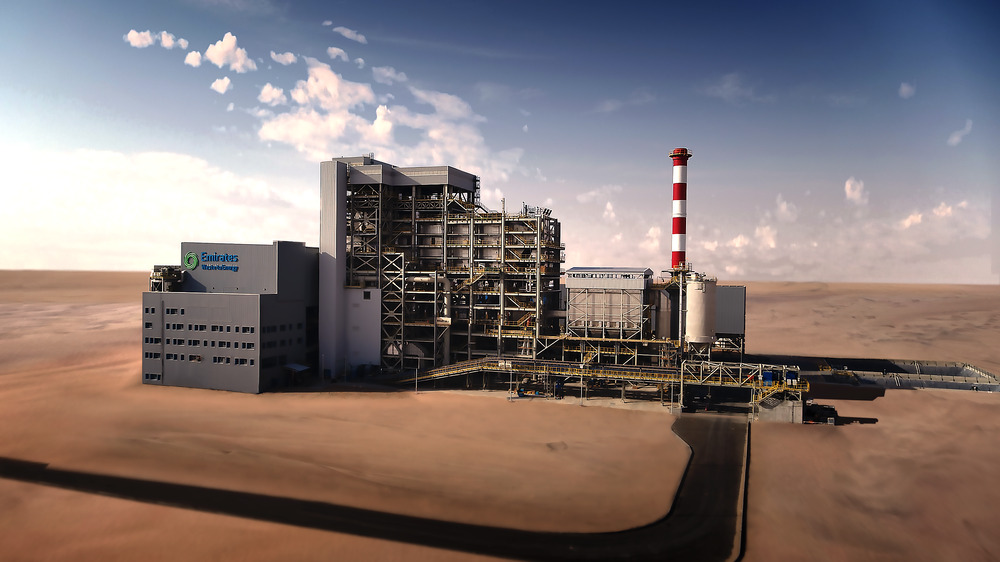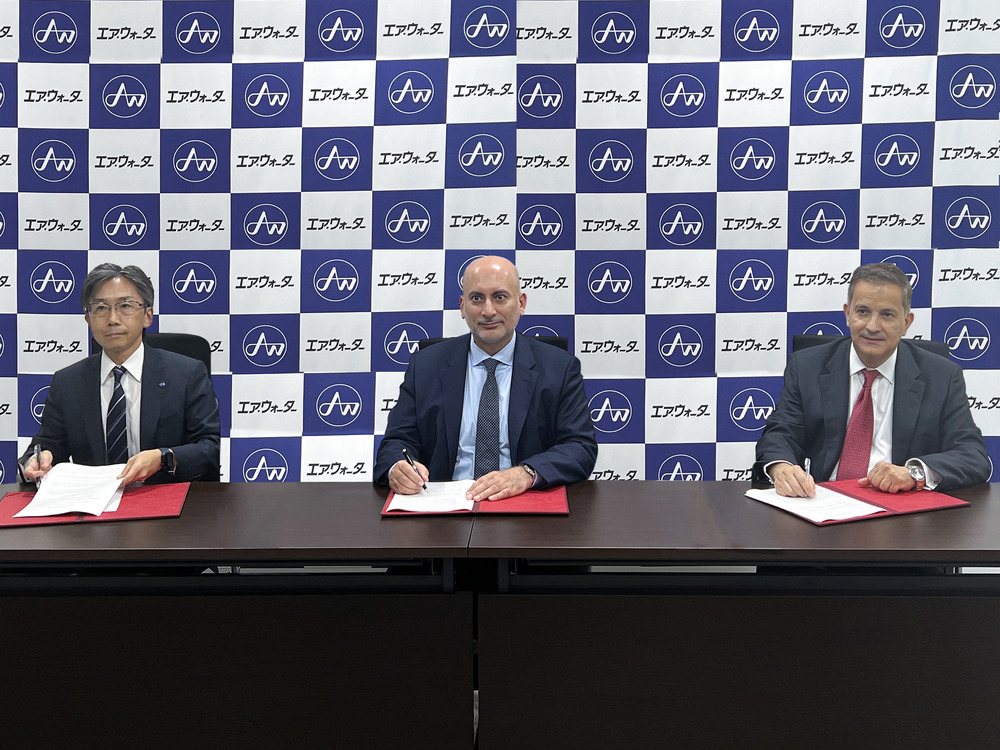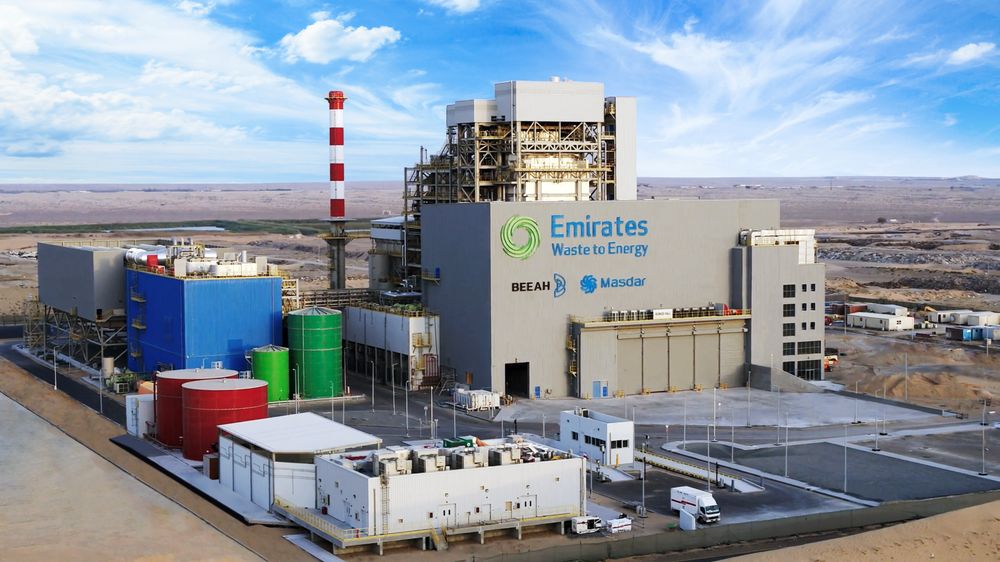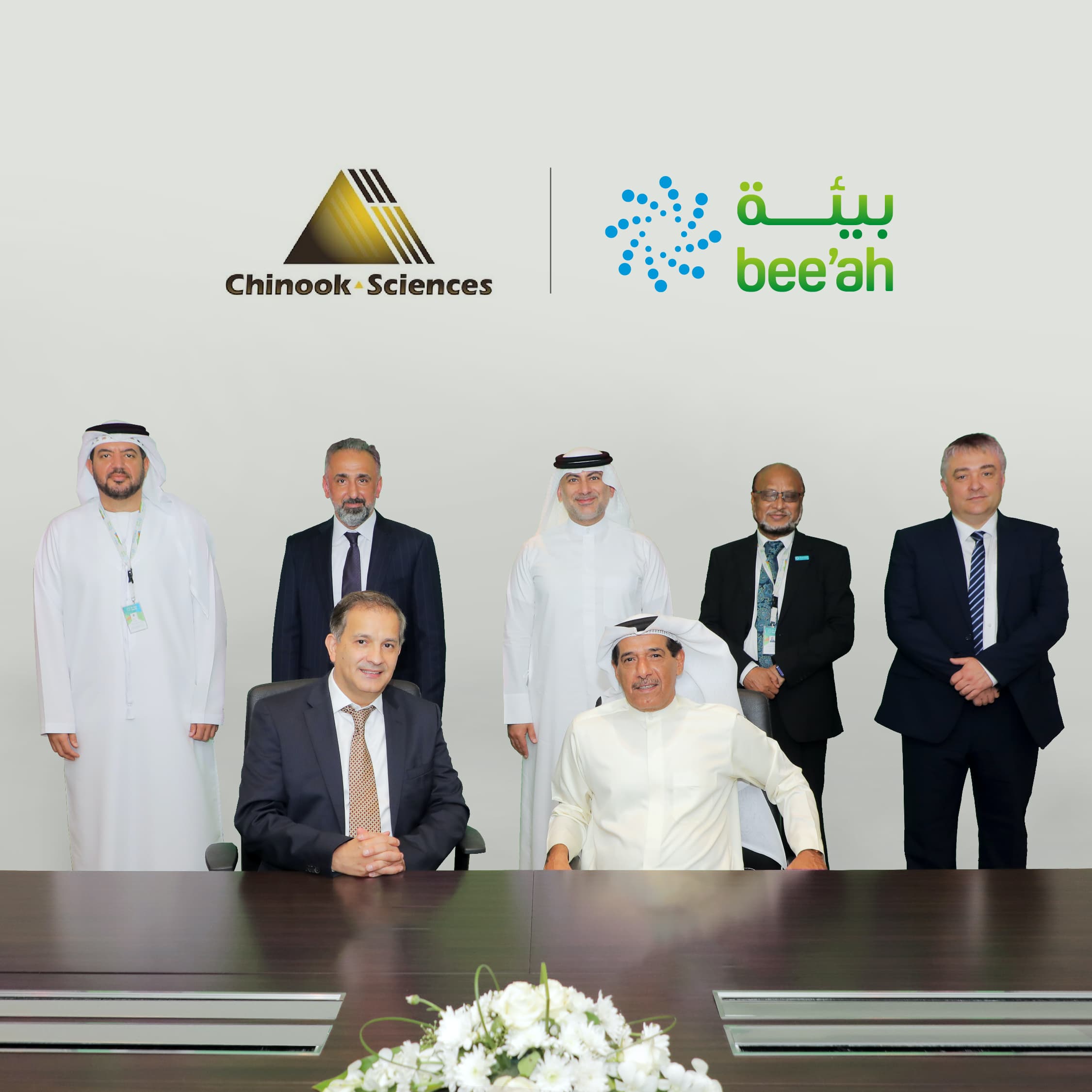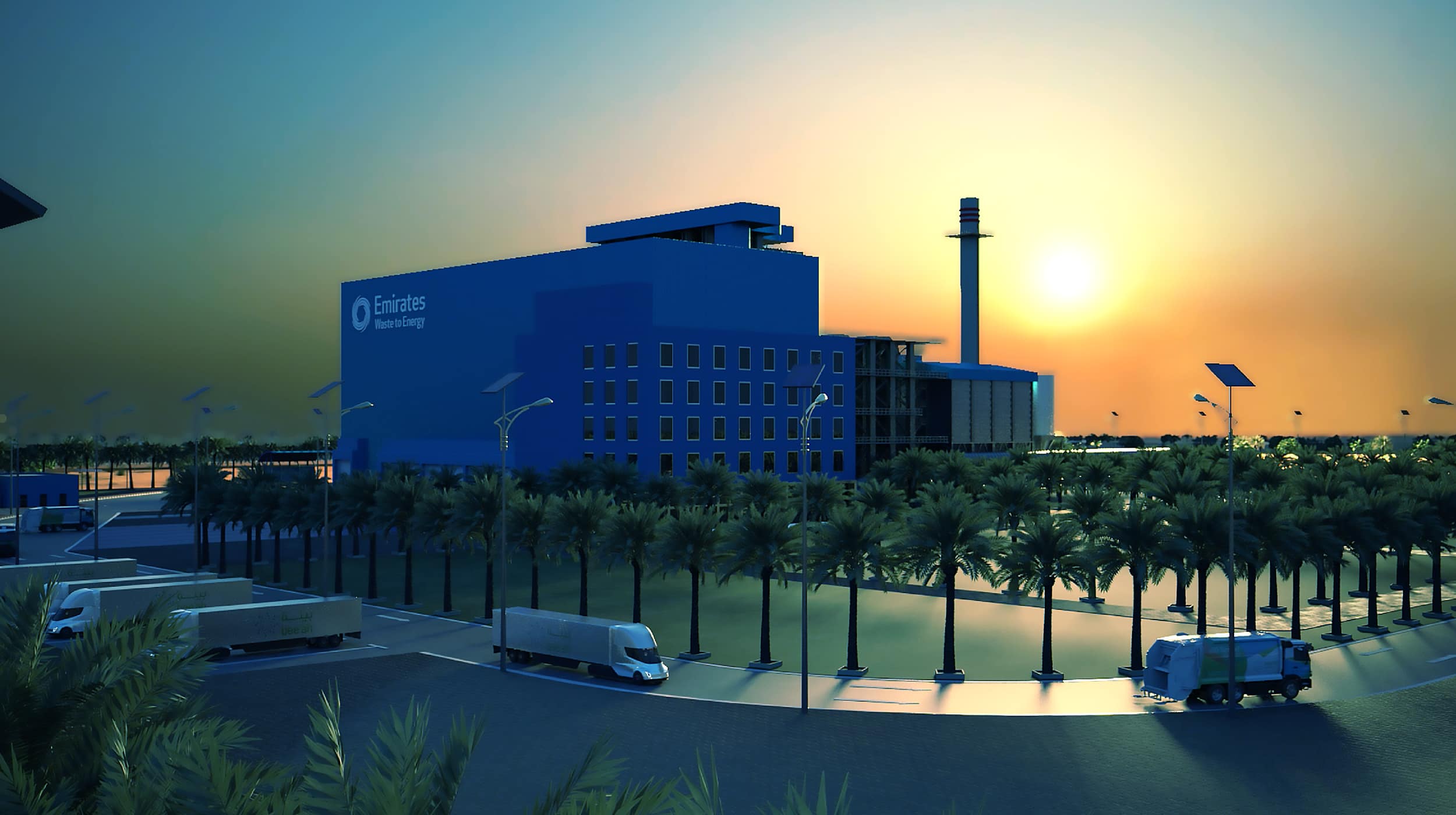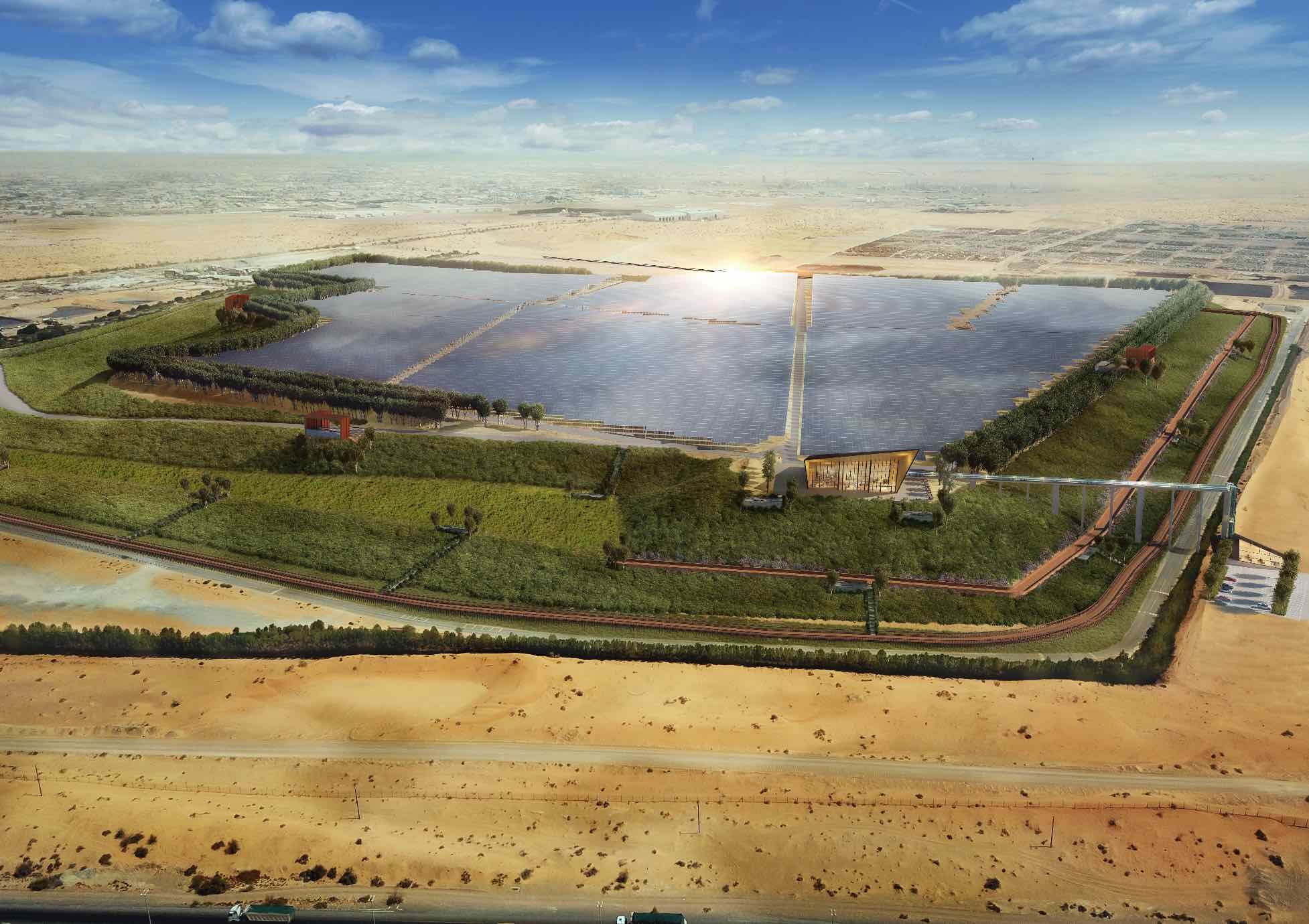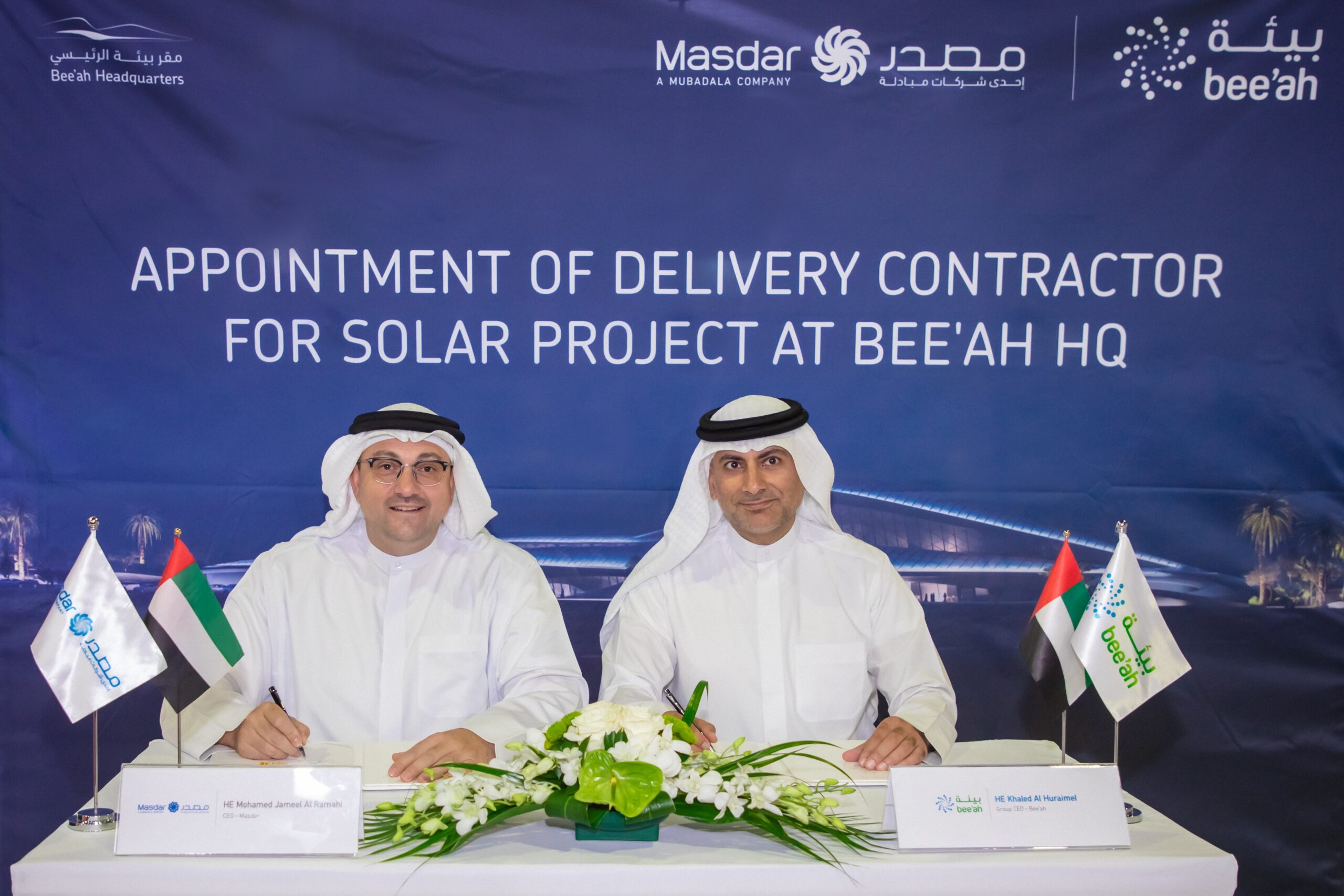Bee’ah Launches Region’s First Solar Energy Landfill Project
UAE sustainability pioneer, Bee’ah, to give Al Saja’a landfill a new lease of life by creating a 47-hectare solar facility with a capacity of 42 megawatts
Sharjah, UAE, 27 July 2020: Bee’ah, the Middle East’s leading sustainability pioneer, announced that it will convert 47 hectares of Al Saja’a landfill area into a state-of-the-art solar energy facility in Sharjah once the landfill is capped. This is the first of its kind in the region solar energy landfill project set to generate more than 42 megawatts of energy per year.
Driving environmental sustainability and a circular economy, Bee’ah has taken an integrated approach to waste management through a zero-waste strategy. After waste is collected and transferred to Bee’ah’s Waste Management Complex, advanced recycling facilities recover valuable resources and recyclables. These facilities include the Material Recovery Facility, Tyre Recycling Facility, Construction & Demolition Recycling Facility, Car & Metal Shredding Facility, Industrial Waste Water Plant, Biomass Facility and Alternative Raw Materials Facility.
Bee’ah has helped Sharjah achieve a 76 percent waste diversion from landfill rate, and is fast approaching the 100 percent diversion of waste with the launch of the Sharjah Waste to Energy Facility in 2021 by the Bee’ah-Masdar joint venture, Emirates Waste to Energy Company. The Sharjah Waste to Energy Facility has an annual capacity of processing 300,000 tonnes of nonrecyclable waste to generate 30 megawatts of electricity. On reaching the zero-waste target, Bee’ah will then be able to repurpose the Al Saja’a landfill into a solar energy farm.
Since 2007, Bee’ah has transformed dumpsites into fully engineered landfill cells, with advanced aerial drones to monitor the landfills, leachate pumps and gas monitoring and extraction wells for air quality control. Drought tolerant greenery beautifies the landfill, while addressing the problems of soil stability, groundwater contamination and greenhouse gas emissions, while irrigation for the landscaping uses only recycled gray water.
On the new project, HE Salim Al Owais, Chairman of Bee’ah, said: “The UAE has made great strides in the development of renewable energy projects, and Bee’ah is keen to continuing furthering its progress. This new landfill solar project is a remarkable landmark achievement for Bee’ah, as we continue to push boundaries of both waste management and clean energy as part of our overarching mission for sustainability.”
In the first phase of the project, the landfill area will be converted into 270,565 square metres of solar area with a projected output of 24 megawatts. The second phase will convert an additional 200,099 square metres of solar area to produce a 16-megawatt solar power.
In addition, Bee’ah will develop an innovation and learning centre, within proximity of the new solar farm, to educate visitors on the importance of protecting the environment and renewable energy projects, as part of the UAE’s 2030 Agenda for Sustainable Development.
On the strategy to turn landfills into a source of renewable energy, HE Khaled Al Huraimel, Group CEO of Bee’ah, said, “Bee’ah aims to make environmental sustainability a reality, and this investment to rejuvenate the Al Saja’a landfill for long-term solar infrastructure will help Sharjah attain its renewable energy targets, and reduce our dependence on fossil fuels. Our new solar plant project will help fuel the energy requirements for the Emirate, while showcasing how innovation can be utilized to continuously improve the quality of life for communities.”
Closed landfills are areas that are no longer in active use for solid waste disposal but still contain deposited waste. Finding productive uses for closed landfills are typically challenging as they typically require extensive environmental remediation and monitoring over periods for as long as 30 years before redevelopment is a viable option. Turning closed landfills into solar farms can benefit the environment through sustainable energy generation with only limited requirements for access and remediation work, which makes this approach both economically and environmentally beneficial.

